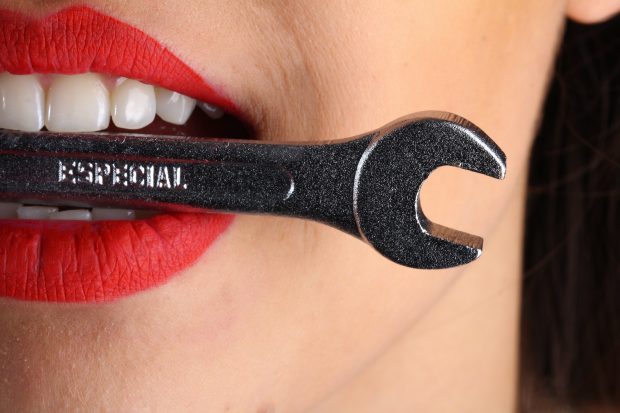
When it comes to making your smile look its best, you have a couple of different options available to you. Two of the most popular choices are porcelain veneers and composite bonding. But which one is right for you? In this article, we’ll take a closer look at both porcelain veneers and composite bonding so that you can decide which one is right for you.
One of the main differences between Porcelain veneers vs Composite bonding is that composite bonding is not as strong as porcelain veneers. As a result, porcelain veneers are also more expensive than composite bonding. However, composite bonding is usually less expensive than porcelain veneers.
Another difference between porcelain veneers and composite bonding is that porcelain veneers are not as natural looking as composite bonding. Composite bonding can be made to match the color of your natural teeth, but porcelain veneers are usually a different color than your natural teeth.
Composite bonding may be your best option if you have minor dental imperfections, such as small chips or cracks. Composite bonding is also usually less expensive than porcelain veneers.
Porcelain veneers may be the best option if you have more severe dental imperfections, such as large gaps or severely stained or discolored teeth. In addition, porcelain veneers can give you a beautiful, natural-looking smile.
Porcelain veneers are more popular than composite bonding, but both procedures have their pros and cons. Porcelain veneers are more durable and stain-resistant but also more expensive. Composite bonding is less expensive, but it is also less durable and more prone to staining. Ultimately, your best option will depend on your individual needs and preferences. Talk to your dentist about which procedure is right for you.
Porcelain Veneers:
Porcelain veneers are extremely thin pieces of porcelain bonded to your teeth’ front surfaces. They are an ideal solution for improving the appearance of your smile and can be used to correct several cosmetic dental concerns, including stained, chipped, or misaligned teeth.
Veneers are made from high-quality dental porcelain that closely resembles the natural color of your teeth, so they offer a natural-looking solution for improving your smile. The porcelain is also very strong and durable, so you can expect your veneers to last for years with proper care.
They can be used to correct a wide variety of cosmetic dental problems, including:
* Gaps between teeth
* Crooked or misaligned teeth
* Teeth that are too small or too large
* Teeth that are chipped or cracked
* Teeth that are stained or discolored
Composite Bonding
Composite bonding is a popular cosmetic dentistry procedure that can be used to improve the appearance of your teeth. The procedure involves bonding a tooth-colored composite resin material to the surface of your teeth.
Composite bonding can be used to correct several dental problems, including:
* Gaps between teeth
* Crooked or misaligned teeth
* Teeth that are chipped or cracked
* Teeth that are stained or discolored
Composite bonding is usually an outpatient procedure that can be completed in one visit to the dentist. The procedure is relatively simple and does not require any anesthesia. However, it is important to note that composite bonding is not a permanent solution, and the bonded materials will eventually need to be replaced.




